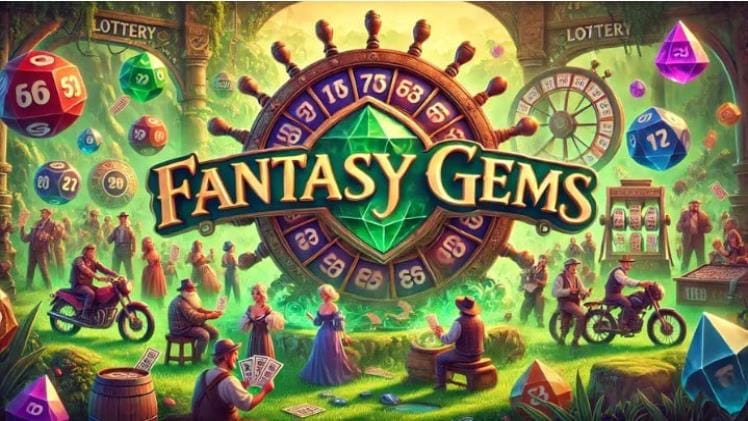Basketball is not the first love of spectators in most of the globe. Football, cricket, rugby, and even wrestling dominate in countries that overlook basketball on their maps. Through the mask of worldwide obsession, a clandestine world of court, coaches, and determined administrators has taken shape. National leagues, even for such “non-basketball nations,” are evolving through progress, communal formation, and perseverance.
The development of such leagues shows that basketball does not need to be No. 1 to be seen — only well-organized, well-motivated, and well-reliable.
Table of Contents
Adapting to a Full Sports Calendar
When there is no top sport like basketball, then schedulers must carefully decide on when and how games are played. Ironically, as the international broadcasts and places like Melbet become more readily available, so has the online presence of basketball. For the majority of people, watching NBA games or even NBA betting now comes with the backing of local leagues, merging global glitz with national pride. Local leagues in these countries typically operate within narrower timeslots, often during great football or cricket season breaks to avoid competing for access to stadiums, media attention, or sponsorship.
TV time, fan turnout, and player exposure are subject to creative logistics. Matches are frequently staged in multi-purpose venues with nets hung beneath retractable football stands, and fans are drawn by grassroots promotion rather than advertising.
These innovations force national federations to question their roles: no longer solely as rule-makers, but as visionaries and marketers.
Creative Frameworks for Expansion and Structure
With little to no enormous budgets or guaranteed spectatorship, basketball leagues in such countries depend greatly on partnerships and adaptability. The majority of leagues embrace hybrid models that combine professional-level competition with local involvement.
In their quest to survive in competitive sports climates, league administrators focus on three mandates: exposure, player development, and brand awareness. From rotating multi-nation tournaments to zonal setups, these concepts prioritize flexibility over framework.
Overview of common structures used to build and sustain basketball leagues in less dominant markets:
Common Organizational Strategies in Secondary Basketball Nations:
- Zonal Competitions: Dividing the country into zones eliminates traveling costs while encouraging local competition.
- University & School Integration: Leagues draw on collegiate or high-school organizational frameworks for talent and facilities.
- Short Seasons: Compact league schedules maintain player physical health and keep financial burdens in check.
- Local Sponsorships: Rather than chasing high corporate deals, teams partner with local companies.
This system turns modest beginnings into prospects for organic growth.
Comparing League Models Across the World
Even where basketball is not a number-one sport, the game is lively and sustained. In Southeast Asia, Eastern Europe, and Sub-Saharan Africa, national leagues mirror local conditions.
Here is a table comparing the organization of basketball leagues in various nations where it is up against more popular sports:
| Country | Basketball Rank (by popularity) | League Characteristics |
| India | 4th or 5th | Regional games, strong school leagues, new pro league |
| South Africa | 3rd | Urbanized, small number of teams, close ties to universities |
| Philippines | 2nd (after boxing historically) | Multiple leagues, street culture integration, strong fanbase |
| Kenya | 3rd or 4th | Leagues organized by communities, with some foreign players |
| Hungary | 3rd | Small but reliable national league, European tournament affiliations |
As demonstrated, success is not always a function of size, but of sustainable ambition combined with local flavor.
Function of Grassroots Coaches and Community Heroes
Every sport has faces that bring it alive; such is the case in countries where basketball does not make it above the fold. Local heroes give life to the game, but, unfortunately, with grit instead of glamour.
Former players, of course, go on to clutch the reins as coaches, organizers, or mentors. Some establish academies in schools and build the sport from ground zero. Others help local federations create new clubs, hunt sponsorships, or run leagues with scant staff available.
These stories are not the ones that make the headlines, but one usually finds such names on the streets of Kisumu (Kenya), Pune (India), or Debrecen (Hungary) as respected individuals because of their efforts.

Grassroots coaching, in fact, is a major way of attracting the interest of youth. Nevertheless, it remains to be seen whether with access to television, sports such as basketball, and various social media, one can stay without a physical presence, that is, courts or clinics, and levels of competitiveness to keep the game’s freshness.
Why Still the Magic: Functionality of the Game
There is an explanation for basketball’s success, even without it being the main event. It is fast, rhythmic, and expressive. It’s appealing to the youth, fast enough for planners, but requires organization. It doesn’t need grand stadiums or a lot of players like football or cricket. Anyone can play basketball anywhere.
And while budgetary issues typically limit how far a national league can go, the fervor surrounding it is still there. In fact, the cheers are smaller, but no less real.
Here’s a brief account of why these basketball leagues continue to thrive even behind the giants of more dominant sports:
- Simplicity and Accessibility: A hoop and ball can turn any space into a battleground.
- Youth-Oriented Eventuality: Movement and image of the game catch the attention of younger generations.
- Expandability: Leagues are brought down or blown bigger without losing their core appeal.
- The Digital Realm: Really fuels local growth with worldwide exposure via YouTube, TikTok, and NBA streams.
Historical factors bear witness to the fact that even in difficult conditions, the game has wings and roots.
It’s Not a Game, But a Statement
In nations where basketball is overshadowed by another sport, its presence is more than a challenge. It’s a declaration: that this sport, even when underfunded or overlooked, matters. This game binds people together, creates identity, and fills arenas — even if they’re school gyms or outdoor courts under the light of floodlights.
Basketball doesn’t have to be dominant in order to be unforgettable.




